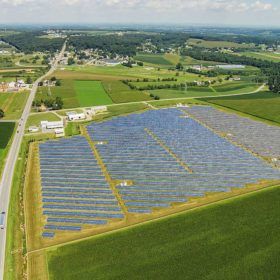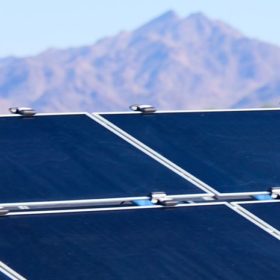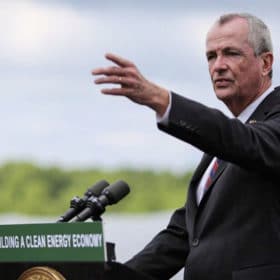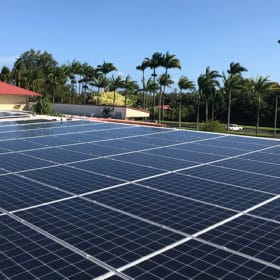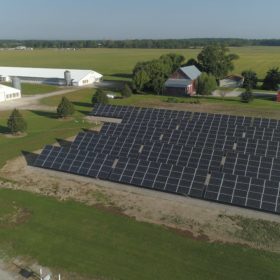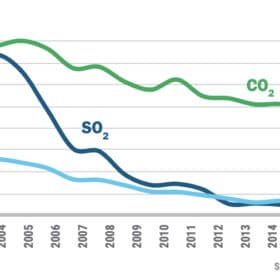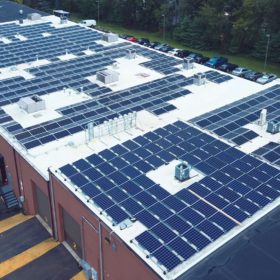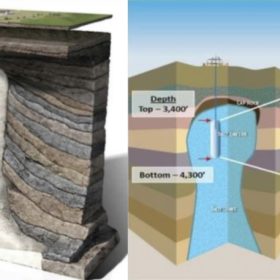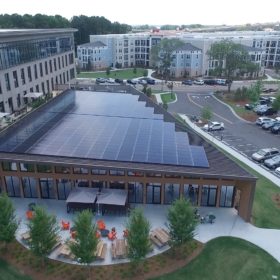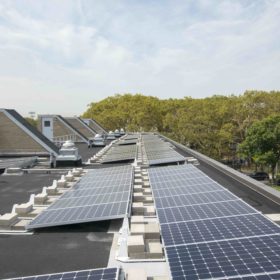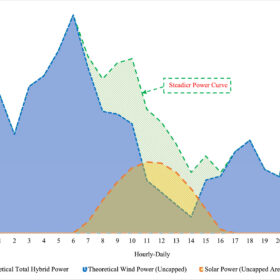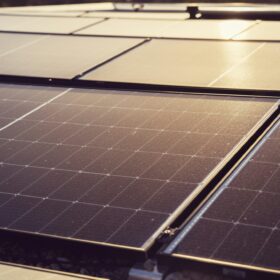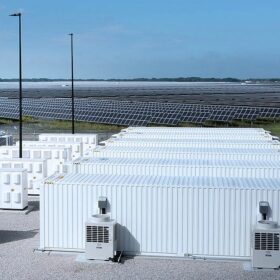Pennsylvania solar advocates call for 6 GW by 2025
Pennsylvania’s solar trade association and a state renewables association both call for an update of the state’s solar and renewable goals.
Morning Brief: TVA plans 200 MW solar, 200 MWh storage, Arizona Public Service announces Clean Energy Future project
Also in the brief: NYSEIA forms the Long Island Solar & Storage Alliance, Sol-Ark named a finalist for “American-Made Solar Prize,’ Gas South and Cobb EMC break ground on solar + storage project and more.
New Jersey calls for 14 GW more solar through 2035
New Jersey can reach its clean energy goals at almost the same cost as “business as usual,” according to a state energy plan. Counting health gains, the cost of clean energy is lower. The plan includes electrification of most transportation and heating.
Ten sunniest US states added 1.8 GW of small-scale solar in 2019, as solar advocates press for more
Solar contractors added another 1.8 gigawatts of small-scale solar in the ten sunniest states last year. In Hawaii and California, solar groups described their ambitious policy goals to keep the momentum going.
Midwest and Northern Tier states added 400 MW of small-scale solar in 2019
Solar contractors added far more small-scale solar in the 19-state area than in 2018, when they added 250 MW. Solar policy groups aim to improve opportunities for distributed solar in Illinois, Kentucky, Michigan, Minnesota and Montana.
SEIA backs carbon pricing for New York wholesale power
The solar trade association and seven solar developers have endorsed carbon pricing for wholesale electricity in New York, which would boost renewables and help New York meet its carbon goal.
Northeast US added 800 MW of rooftop solar in 2019
Solar contractors across the Northeast U.S. added thousands of rooftop PV systems last year. For 2020, SEIA advocates renewal of New Jersey’s expiring solar incentives, and expansion of New York’s incentive program.
Green hydrogen backed by US solar firms 8minute and Intersect Power
Two solar firms have helped launch an industry group promoting green hydrogen, which is produced using solar or wind power. The group backs a Utah project that would use 30% green hydrogen in 2025 and 100% green hydrogen by 2045.
Southeast US adds 427 MW of distributed solar in 2019, as advocates press for more
Florida led the region for small-scale installations, while Maryland kept the lead on a per-capita basis. Solar advocates look to improve opportunities for distributed solar throughout the region in 2020.
Kresge Foundation backs solar+storage for buildings housing low-income residents
To help safeguard residents’ health and comfort during an extended power outage, a new program will provide loan guarantees for solar+storage installations that could keep cooling systems, medical equipment and refrigerators running.
